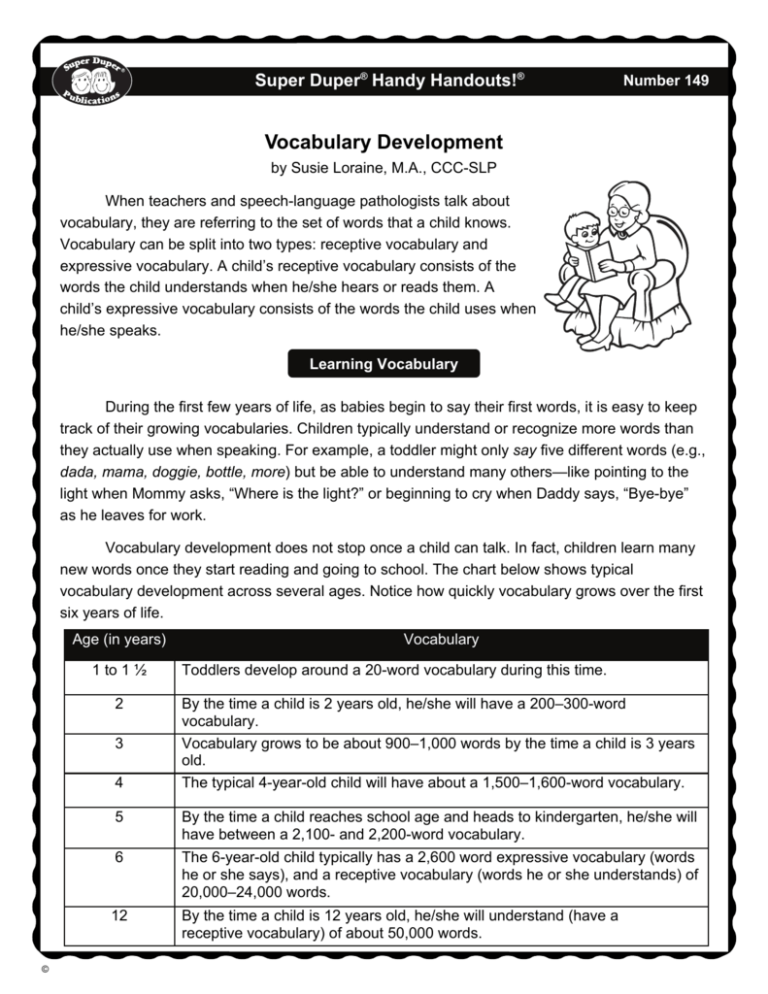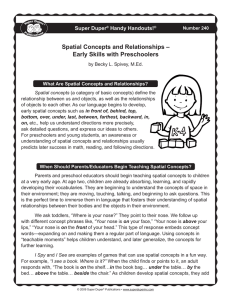

Although the vibration occurs at the laryngeal level (or glottis), vocal production should be focused at a higher level. This includes the oral and nasal cavities which shape the sound or give the voice its tonal quality. Resonance Resonance refers to the vibratory properties of the sound/voice above the glottis. In the beginning, model the productions for the client. Focus on using an “easy” onset on the vowels. Practice Activity: Have the client practice saying /h/ and vowel onset minimal pairs (i.e., hear and ear). This hard closure produces a staccato or attacked sound during the vowel production and is abusive to the vocal folds. a hard closure (attack) of the vocal folds and pushing a burst of air through.

The goal is to produce easy closure of the vocal folds into the airflow to produce the vowel sound vs. Easy Onset Easy onset refers to the contact of the vocal folds during the production of a word beginning with a vowel.v/ teaches the concept of “turning the voice on and off.” Practice Activity-Begin by having the client produce isolated, sustained productions of the minimal pair sounds, /s/ and /z/ (“sssss” vs. Contrasting voiced and voiceless continuant sounds such as /s/ vs. To help demonstrate this concept, have the client place his/her hands on the larynx (voice box) while making a buzzing sound to feel the vibration. Refer to this as the “buzzing sound your vocal cords make.” The goal is to control voicing without pushing or “squeezing” the vocal folds too tightly during phonation and speech. Voicing Voicing refers to the vibration of the vocal folds. For example, heat and face would be h-h-h-eat and f-f-f-ace. Practice Activity-Have the client exaggerate breathy onsets of the initial consonants of the words to get the air started. Therefore, targeting “breathy sounds” (i.e., voiceless plosives) during speech will drill the concept of airflow through the glottis. The concept of airflow is somewhat abstract and can be difficult to teach.

Therefore, it is important to establish appropriate breath support and airflow as the baseline or starting point for vocal production. Respiratory support and airflow through the glottis (the space between the vocal folds) is the “driving” power of the voice. Use the following, as adapted from Voice Choice!™ by Sandra Schwartz, M.S., CCC-SLP, to help your clients make easy vocal productions! Remember-before beginning any voice treatment, the client should receive an evaluation by an ENT (Ear, Nose, and Throat Doctor). Read the information below to learn more about the components of voice as well as to get a practice activity for each voice component. A speech-language pathologist (SLP) can help these clients to vocalize easier and in a more productive manner. Daymut, M.A., CCC-SLP Children and adults can suffer from voice disorders that affect the pitch, loudness, and overall quality of their vocal productions. Promoting Easy Vocal Productions by Kevin Stuckey, M.Ed, CCC-SLP and Julie A. Free, educational handouts for teachers and parents* Number 335


 0 kommentar(er)
0 kommentar(er)
